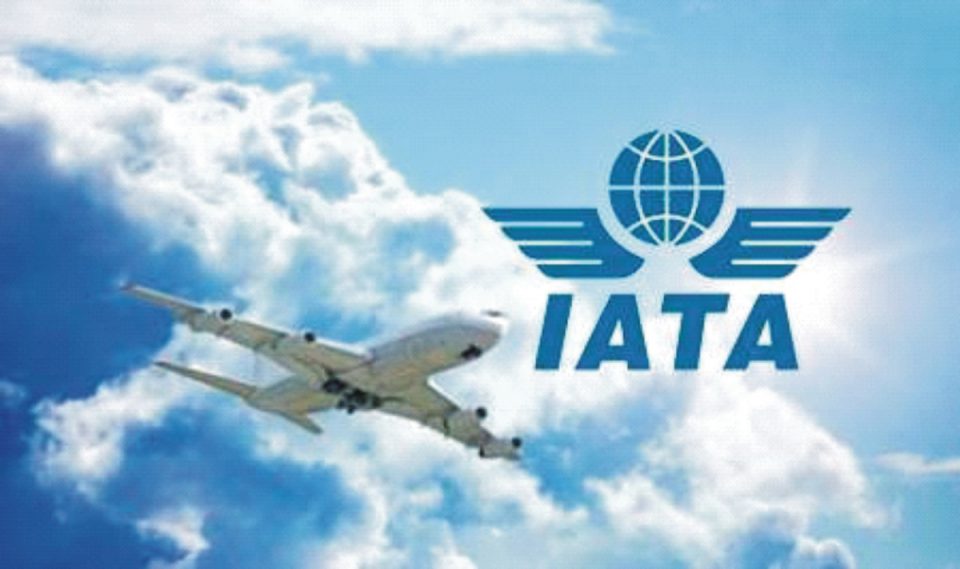The International Air Transport Association (IATA) has called for transition to enhanced Ground Support Equipment (GSE) to improve air safety and contain the cost of ground damage involving GSE.
The global airlines regulator said the industry incurs a whopping $5 billion yearly from damage caused to aircraft by GSE.
The deployment of enhanced GSE, IATA said, would bring about anti-collision and inching technology, improved vehicle control, and increased docking accuracy, which minimise the risk of personnel injuries and damaging aircraft.
The call for transition to enhanced GSE is detailed in a newly published IATA study which estimates that the yearly cost of ground damage could double to $10 billion by 2035 unless preventive action is taken.
The cost of ground damage forecast is based on direct costs including labour and material costs, temporary leasing costs, logistical expenses, and administrative costs and indirect costs lost revenue, crew and passenger repositioning costs, compensation costs for delayed services.
The study finds that most aircraft ground damage that occurs once the aircraft is stationary is caused by motorised GSE striking the fuselage of the aircraft the widebody aircraft ground damage rate is ten times higher than narrowbody aircraft, but regional jets, turboprop, and narrow-body aircraft are 30 percent more prone to severe ground damage belt-loaders, cargo-loaders, passenger stairs and passenger boarding bridges (PBB), cause 40 percent of total incidents.
IATA ground damage incident database said the transitioning 75 per cent of the global fleet of belt-loaders, cargo-loaders, passenger stairs and PBB to Enhanced GSE, would reduce the current expected ground damage cost per turn rate by 42 per cent.
“Transitioning to Enhanced GSE with anti-collision technology is a no-brainer.”
We have proven technology that can improve safety. And with the cost of ground damage growing across the industry there is a clear business case supporting early adoption. The challenge now is to put together a roadmap so that all stakeholders are aligned on a transition plan,” said Nick Careen, IATA Senior Vice President Operations, Safety and Security.
Along with reducing the cost of ground damage, the transition to Enhanced GSE will also support the industry’s commitment to achieve net zero CO2 emissions by 2050 as most new equipment is electrically powered.
“Most Enhanced GSE is electrically powered, making it cleaner and more energy efficient. While the main focus of aviation’s decarbonization efforts is on how we power aircraft, what happens on the ground cannot be ignored. The transition to Enhanced GSE will contribute to our industry’s top priorities of safety and sustainability,” said Careen.
IATA will work with industry partners to implement strategies, goals, and programs to drive adoption of Enhanced GSE. The IATA Airport Handling Manual (AHM) already advises the design and use of GSE anti-collision systems (Enhanced GSE) as a best practice, with many airlines, and ground handlers seeing the first benefits.
Global standards have always played a role in aviation’s commitment to safety. The IATA Safety Audit for Ground Operations (ISAGO) has seen renewed interest among airlines with 55 airlines signing up for the ISAGO report-audit data sharing scheme in 2022.
Based on the IATA AHM, ISAGO already provides the auditable framework for safe ground operations, and it is continuously updated as technology evolves-including the soon to be introduced integration of Enhanced GSE into operations.
Additional recommendations for the transition states that : ” Owners of GSE should develop business plans to transition their fleets to Enhanced GSE. Ground Handling Service Providers (GHSPs) should be ready to integrate Enhanced GSE into their fleets , for training and processes.
“Airlines should work with GHSPs to utilize the use of enhanced GSE during aircraft handling and implement incentives that increase penetration of enhanced GSE within GHSPs’ fleets.
“Manufacturers of aircraft and GSE continue to work together to ensure that that GSE can operate safely and efficiently around aircraft
“States should consider policies and strategies to incentivize the use of enhanced GSE.”




